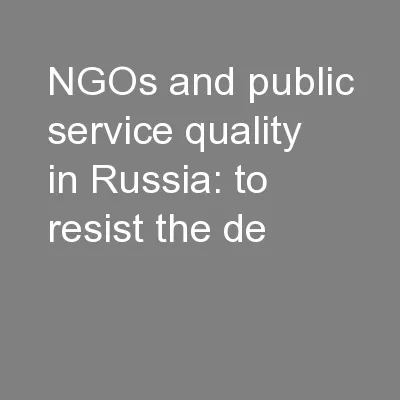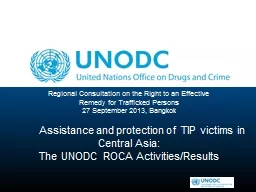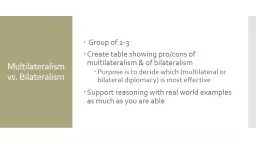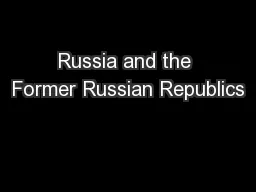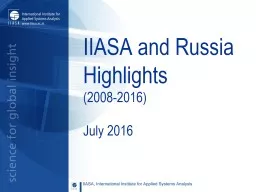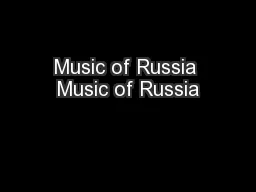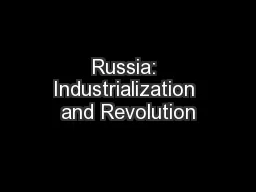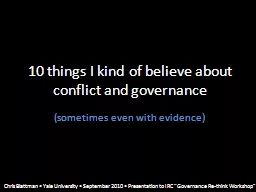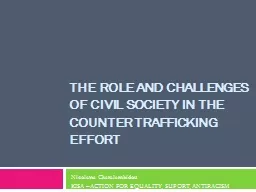PPT-NGOs and public service quality in Russia: to resist the de
Author : danika-pritchard | Published Date : 2016-10-12
Professor Lev Yakobson Moscow June 2011 A disquieting picture 10 years after the Grefs program fewer than 40 per cent of the program objectives were achieved What
Presentation Embed Code
Download Presentation
Download Presentation The PPT/PDF document "NGOs and public service quality in Russi..." is the property of its rightful owner. Permission is granted to download and print the materials on this website for personal, non-commercial use only, and to display it on your personal computer provided you do not modify the materials and that you retain all copyright notices contained in the materials. By downloading content from our website, you accept the terms of this agreement.
NGOs and public service quality in Russia: to resist the de: Transcript
Download Rules Of Document
"NGOs and public service quality in Russia: to resist the de"The content belongs to its owner. You may download and print it for personal use, without modification, and keep all copyright notices. By downloading, you agree to these terms.
Related Documents

